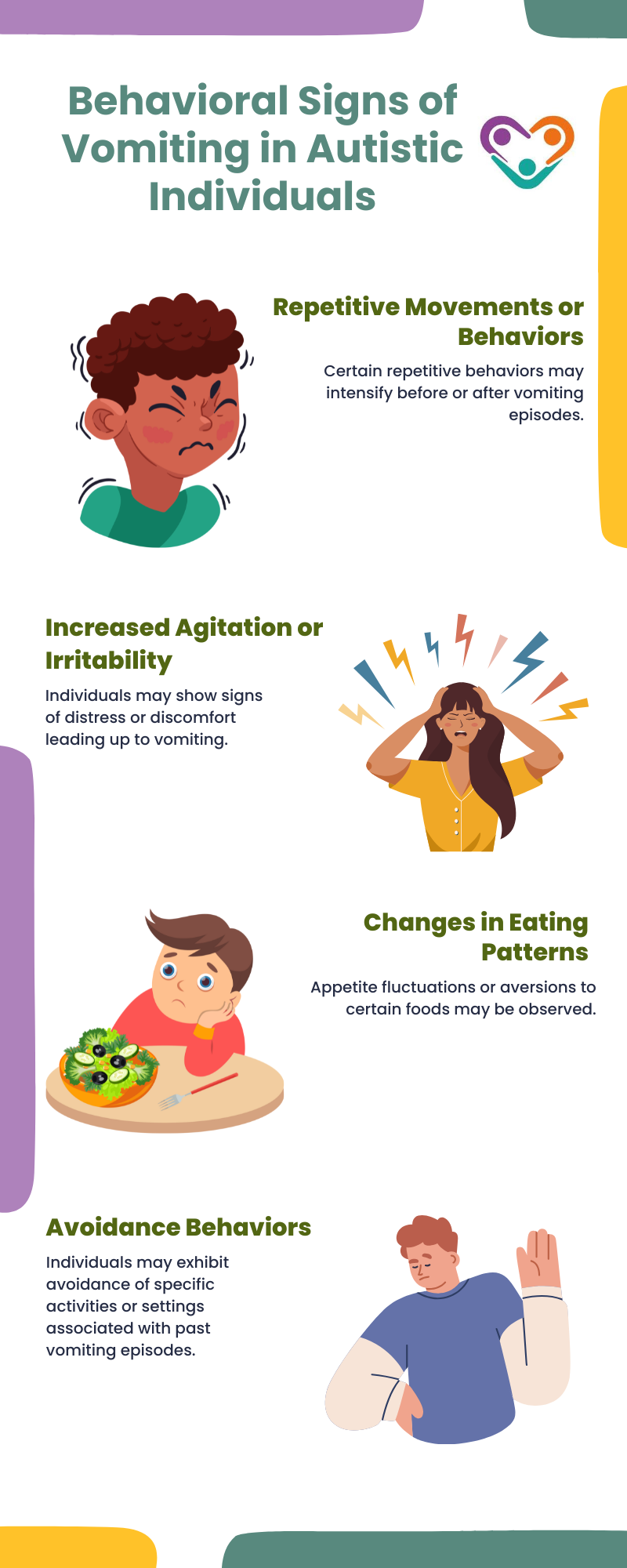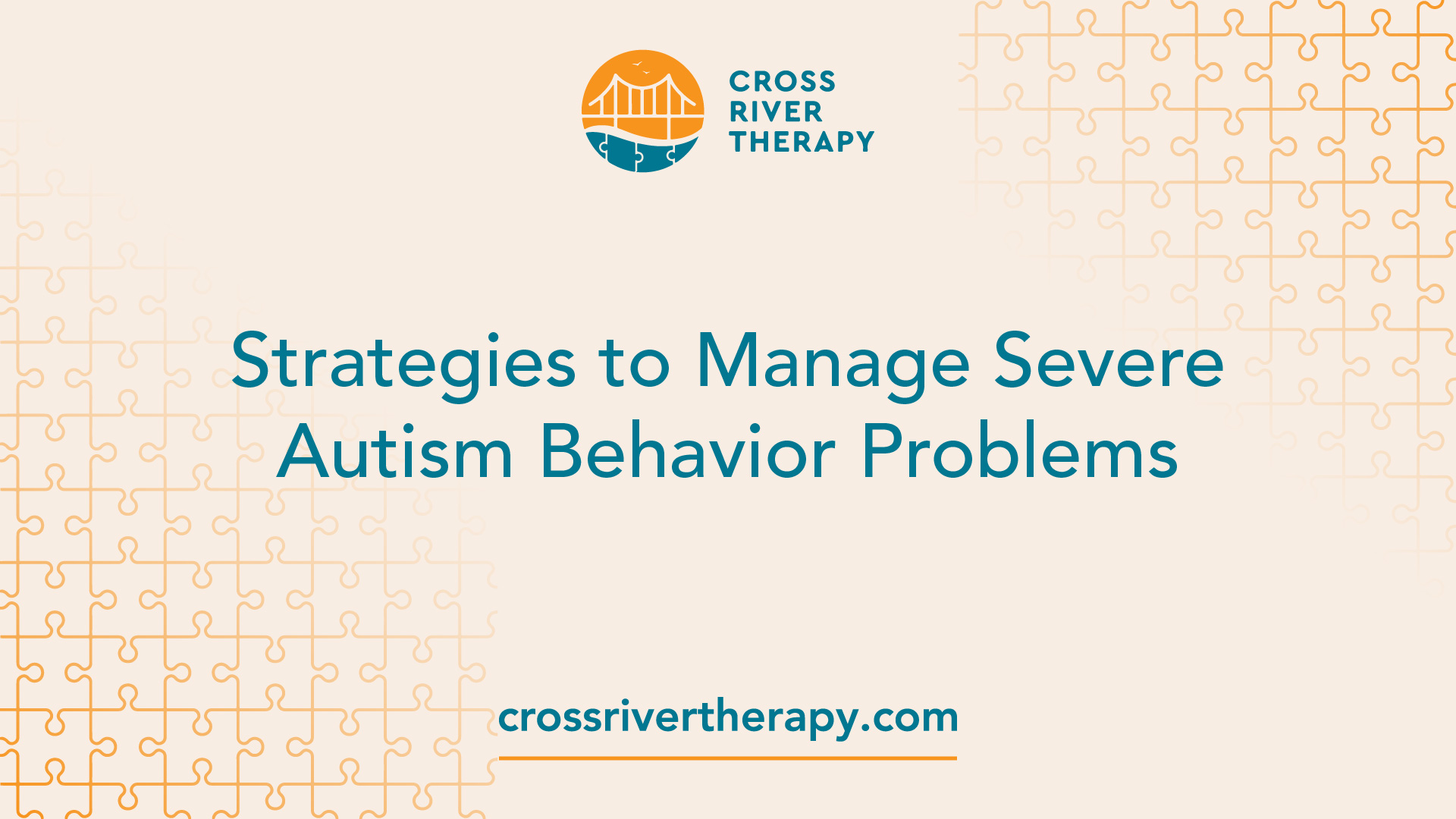How experts in Autism Spectrum Therapies overcome challenges in expression
Understanding the Impact of Behavioral Autism on Life and Social Interactions
You might not realize how deeply behavioral autism impacts daily life and social communications. Individuals on the spectrum often navigate a world filled up with communication obstacles and sensory overload. These challenges can lead to disappointment and seclusion, impacting their connections and total health.
Defining Behavioral Autism and Its Characteristics
Behavior autism, often referred to as autism spectrum condition (ASD), includes a series of conditions defined by challenges in social communication, interaction, and repeated behaviors. You may notice that people with ASD frequently battle to translate social signs, which can result in misconceptions in conversations. They might find it tough to establish eye get in touch with or engage in little talk, making social circumstances really feel frustrating.
Communication problems can manifest in numerous ways, from postponed speech growth to a choice for using fewer words. Repeated actions, such as hand-flapping or shaking, can function as coping devices to take care of anxiety or sensory overload. These features can profoundly affect day-to-day live, making it necessary for you to understand and sustain those with ASD. By acknowledging these attributes, you can foster an atmosphere that advertises approval and urges efficient interaction, assisting people with autism prosper in their daily communications.
The Range of Autism: Understanding Irregularity in Behavior
Autism range condition (ASD) isn't a one-size-fits-all medical diagnosis; it differs widely amongst individuals. You might notice that some individuals with ASD show light signs, while others might encounter more significant challenges. This variability can manifest in behaviors, interests, and sensory sensitivities. You may come across individuals that are extremely verbal and engage easily in conversations, while others may prefer singular activities or connect non-verbally.
In addition, the method people with ASD react to sensory input can vary greatly; some may be bewildered by intense lights or loud noises, whereas others flourish in boosting environments. The spectrum additionally includes differences in social communications; some individuals may battle to translate social signs, while others navigate social setups with loved one ease. Comprehending this irregularity is crucial, as it assists you appreciate everyone's special experience and dressmaker support to their particular demands, fostering an extra comprehensive setting for every person.
Interaction Obstacles Dealt With by People With Autism
When you communicate with people on the autism range, you might notice their special interaction challenges. They frequently encounter difficulties with both spoken and nonverbal cues, which can affect their social communications. Understanding these obstacles is important for fostering much better links and assistance.

Verbal Interaction Problems
Numerous people on the autism range experience spoken interaction difficulties that can substantially affect their daily interactions. You might locate it challenging to reveal your thoughts, sensations, or requires plainly. This can bring about frustration for both you and those around you, as misconceptions occur. You might struggle with initiating discussions, maintaining a topic, or recognizing nuances in speech. Often, you may like using easy language or repeated phrases, which can restrict your capacity to engage in deeper conversations. Your rate, tone, or quantity may not line up with social expectations, causing others to misunderstand your intents. Recognizing these difficulties can help you and your support network establish strategies to enhance communication and cultivate much better connections with others in your day-to-day live.
Nonverbal Interaction Obstacles
Spoken communication isn't the only difficulty individuals on the autism range face; nonverbal interaction obstacles can be simply as significant. These challenges can lead to misunderstandings or misinterpretations of social hints, making communications really feel complex or overwhelming. By dealing with nonverbal communication, you can find methods to enhance your social experiences and improve your overall top quality of life.
Social Communication Impacts
Social interactions can frequently feel frustrating due to the unique interaction obstacles dealt with by individuals with autism. Acknowledging these obstacles can assist you find methods to improve communication, such as exercising social abilities in safe setups or making use of aesthetic aids. Recognizing your needs enables you to navigate social communications with greater confidence and convenience.
Social Interaction and Relationship Building in Autism
While structure relationships can be testing for individuals with autism, comprehending their unique point of views and communication designs can cultivate meaningful connections. You might discover that many people on the range favor direct communication and might have a hard time with social signs or little talk. By being straightforward in your interactions, you can help create a setting where they really feel comfy.
Make the effort to observe and listen just how they share themselves. This insight can assist you in steering conversations much more successfully. Involving in shared passions can additionally work as a bridge to deeper links. these details Whether it's a pastime, a favored show, or a mutual passion, these typical threads can open up doors to friendship.
Day-to-day Live Routine: Navigating Challenges and Methods
Maneuvering daily life routines can be specifically testing for individuals with autism, especially when unexpected modifications happen. You could discover comfort in having an organized schedule, as it aids you expect what's next. When disruptions happen, it's regular to feel overwhelmed or nervous. To navigate these challenges, think about carrying out aesthetic timetables or lists. These devices can offer clarity and reassurance.
Establishing a regimen that includes sensory breaks can likewise be valuable. This assists create an understanding setting.
Last but not least, technique mindfulness techniques to handle stress and stress and anxiety. Straightforward breathing exercises or basing methods can make a considerable difference. By integrating these methods, you can enhance your everyday regimen and lessen disruptions, making life feel a lot more convenient.
Strengths and Abilities of People on the Autism Spectrum
Understanding day-to-day live regimens is just one element of the additional resources autism experience. Numerous people on the autism spectrum have remarkable strengths and capacities that establish them apart. You could locate that your interest to information is outstanding, permitting you to stand out in tasks that require precision and focus. Your ability to believe outside the box can cause ingenious services in different circumstances.
Furthermore, your memory skills often shine, especially in locations of passion. Autism Therapist. This flair for preserving info can make you a beneficial resource in areas like scientific research, art, or innovation. You may additionally show strong aesthetic thinking, enabling you to imagine complex ideas and resolve problems artistically
Furthermore, your one-of-a-kind viewpoint on the globe can promote compassion and understanding in others, enhancing social interactions. Accepting these toughness not just boosts your confidence but likewise aids others value the varied talents you offer the table.
Developing Inclusive Atmospheres for Individuals With Autism
Creating comprehensive settings for individuals with autism begins with designing sensory-friendly spaces that provide to their distinct demands. You can additionally foster possibilities for social communication, helping to develop links and relationships. By making these adjustments, you'll add to a more inviting atmosphere for every person.
Designing Sensory-Friendly Spaces
While making sensory-friendly rooms, it's vital to review the special requirements of people with autism. Beginning by choosing calming colors and soft lights to develop a comforting setting. When overwhelmed, integrate quiet areas where individuals can recharge and pull back. You'll intend to Resources lessen loud sounds and diversions, using soundproof products or white sound devices to aid maintain tranquility. Take into consideration responsive aspects like soft textiles or fidget-friendly things that can provide convenience. Ascertain that rooms are flexible, permitting easy rearrangement to suit various tasks. Ultimately, consist of aesthetic timetables or clear signs to aid people browse the area with confidence. By attentively incorporating these components, you can create a welcoming environment that supports sensory demands and advertises overall well-being.
Advertising Social Communication Opportunities
Designing sensory-friendly spaces not just addresses specific comfort yet also sets the phase for meaningful social interactions amongst individuals with autism. Urge peer mentoring, combining individuals with autism with supportive peers who can guide them with social scenarios. By executing these approaches, you can enhance social possibilities, aiding people with autism build friendships and reinforce their social skills in a risk-free, welcoming environment.

Often Asked Inquiries
How Can Friends Assistance Somebody With Behavioral Autism?
You can support a friend with behavioral autism by holding your horses, listening actively, and respecting their limits. Participate in activities they take pleasure in, interact honestly, and produce a comfortable environment where they really feel valued and recognized.
What Resources Are Available for Moms And Dads of Children With Autism?
You can explore different sources for moms and dads of youngsters with autism, including support teams, academic websites, and neighborhood community services. Getting in touch with other parents can also provide beneficial understandings and shared experiences to help browse difficulties.
Can Behavioral Autism Change Gradually?

Yes, behavioral autism can change over time. You might notice changes in communication, social skills, and habits as your child expands. Early intervention and support usually play important roles in these developmental changes.
Exactly How Do Sensory Sensitivities Affect Daily Life?
Sensory sensitivities can make daily experiences overwhelming. You could have problem with brilliant lights or loud sounds, leading to stress and anxiety or avoidance. Discovering atmospheres that accommodate your needs can substantially enhance your convenience and overall life.
What Prevail Misconceptions About Behavioral Autism?
You might believe behavior autism just affects communication skills, however it's even more complex. Numerous assume individuals lack empathy or intelligence, which isn't real. Understanding these false impressions aids foster acceptance and support for those on the range.
Behavior autism, often referred to as autism range condition (ASD), incorporates an array of conditions identified by obstacles in social communication, interaction, and recurring actions.Social communications can commonly feel frustrating due to the distinct communication challenges faced by people with autism.Creating sensory-friendly rooms not only addresses individual convenience but additionally establishes the phase for purposeful social communications amongst individuals with autism. Motivate peer mentoring, pairing people with autism with supportive peers that can lead them through social circumstances. By applying these methods, you can improve social opportunities, helping individuals with autism build relationships and reinforce their social abilities in a safe, inviting setting.